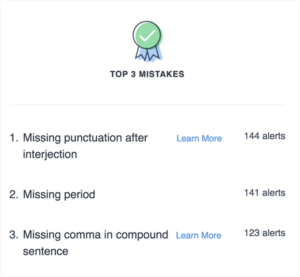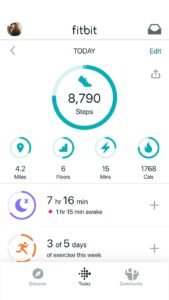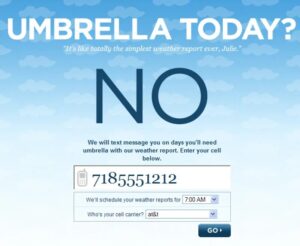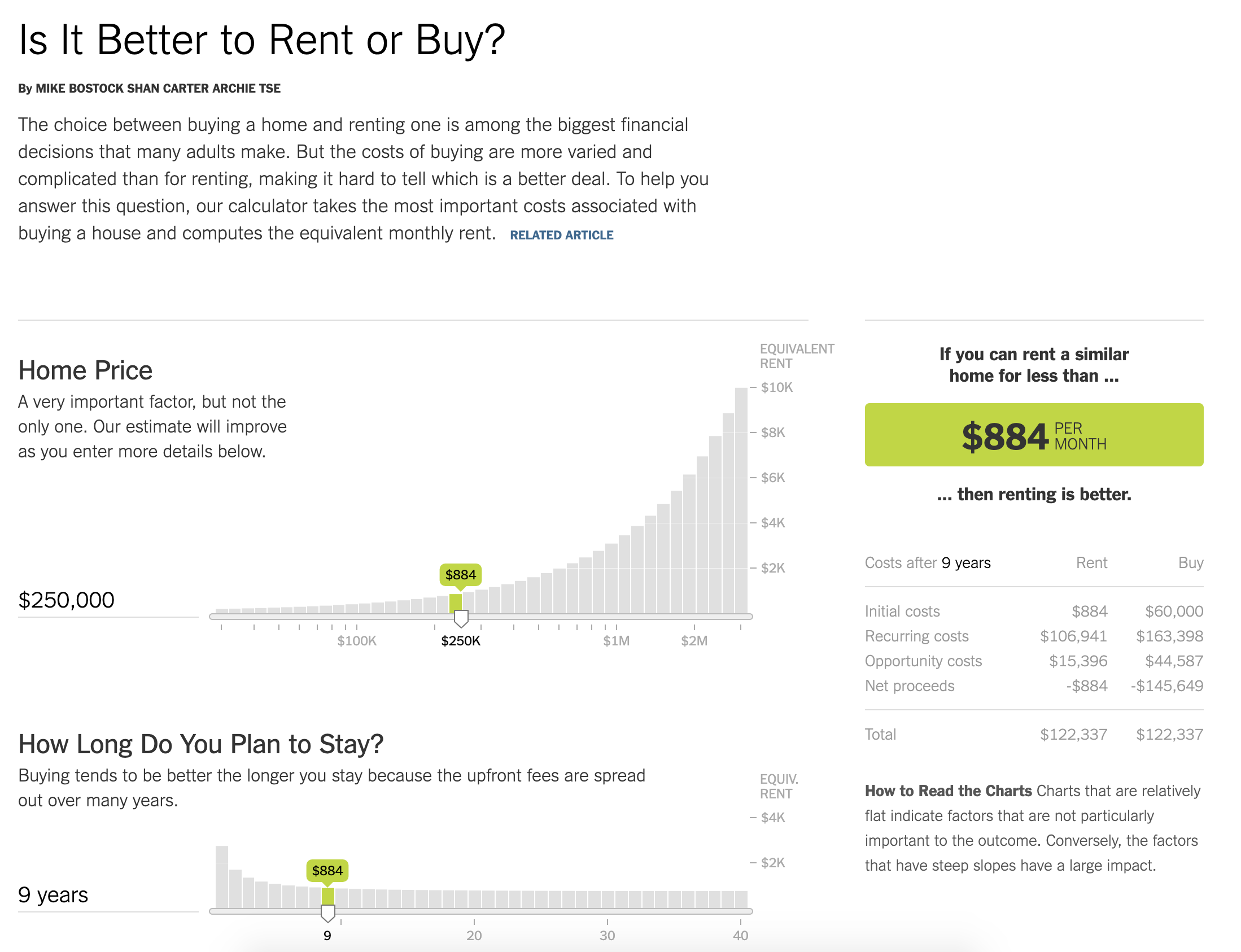Reporting is like the dark matter of business. It’s everywhere, largely unseen, and may account for 85% of paper used (Sales and marketing).
But reporting could be so much more. When you are deep in the process of launching a marketing campaign or talking with sales prospects, it can be difficult to step back and see the bigger picture. Good reporting provides a necessary perspective to understand what is happening and how to improve.
Unfortunately, the reality of reporting in most organizations is a brew of complex Excel spreadsheets, densely-packed dashboards and over-stuffed PowerPoint presentations. As a busy sales or marketing professional, it’s hard to appreciate why these things are worth your time.
Read More: Can These Customer-To-Customer Marketing Platforms Come In Handy To Boost Your Business Goals?
You’re not alone: Only 18% of companies believe they have the skills necessary to gather and use insights effectively. Furthermore, only 19% of companies are confident that their insights-gathering processes contribute directly to sales effectiveness.
Why Is Reporting So Broken?
Why have we struggled to make reporting useful? The answer is a combination of supply and demand:
On the supply side, reporting has traditionally been delivered by people who are far removed from the day-to-day issues of the business. An IT or database team may understand where the data resides, but they are seldom equipped with the business context to know what should be made of all that data. It’s as if a farmer were put in charge of cooking the meal at your favorite restaurant. Too often, more-is-better is the underlying assumption for reporting (thus “big data”).
The demand-side has its own burden of blame. Sales and marketing people have not traditionally been eager to embrace data and analytics. Reporting may create a competing narrative. For example, if the creative for an advertising campaign has impressed your client, why focus attention on engagement metrics that may undermine this success? Or, if a sales team is adding new prospects into the pipeline, an examination of prospect aging might take some wind out of the sails.
Reporting sheds light — and what it reveals can be scary.
People-First Reporting
It’s time for a next generation of people-first reporting that bridges this disconnect between the producers and consumers of data. Here are a few ingredients we need:
Read More: SalesTechStar Interview With William Tyree, Chief Marketing Officer At RingDNA
An audience focus. That means understanding how sales and marketing people work, when they need information, and how they like to consume it. Take the Grammarly Insights report, for example. The grammar checking solution sends an email to my inbox that quickly communicates my personal writing performance. It’s simple, interesting and conveniently consumable.
 Easy-to-learn and easy-to-use platforms. It’s time that the modern simplicity of mobile apps and consumer sites becomes the norm for reporting in a business environment. We’re starting to see this in reporting for consumer products. Health and fitness tracking apps are a good example; Fitbit’s dashboard is simple and direct.
Easy-to-learn and easy-to-use platforms. It’s time that the modern simplicity of mobile apps and consumer sites becomes the norm for reporting in a business environment. We’re starting to see this in reporting for consumer products. Health and fitness tracking apps are a good example; Fitbit’s dashboard is simple and direct.
Action-oriented reporting. Sharing a bunch of data isn’t enough. In fact, a report isn’t helpful unless it guides you toward actions. If you asked a marketing colleague to present you with options for an advertising slogan, it wouldn’t be very helpful if they just handed you a dictionary. So, the best action-oriented reports point you directly to what you should do with the information. An app-based weather report that simply tells you whether it’s going to rain is a good example. The simple action: Bring or don’t bring an umbrella.
Relevant and dynamic presentations. Reporting should put the user in control to see the results that are most relevant. Not everything is captured in data — there’s a ton of information that’s in the heads of sales and marketing professionals. So, dynamic reporting needs to provide a bridge between what people know and what the data can show. Take The New York Times’ “Is It Better to Rent or Buy” site. Users enter their own information and get a customized answer.
A New Approach
It’s time we rethink reporting. The traditional modes of delivering data aren’t working, and the costs are high. Consider all the money that goes into systems that gather and manage data alongside the time required to manage, manipulate and report on data. But with better reporting, we can expect to see decision-making that balances experience with data-driven insights, and better alignment around key metrics. Also, more resources directed toward the things that are working, and smarter actions that lead to measurable impacts.
It doesn’t take any more data than we already have; it just requires bringing more focus on how data is delivered. So, if you haven’t browsed the martech marketplace for a while, you might want to start researching the latest next-generation data-reporting platforms and find one that’s a fit for the boundless potential that lies within your company’s data.
Read More: Cloudingo Sees Accelerated Growth And Adoption; Case Study With MuleSoft
























